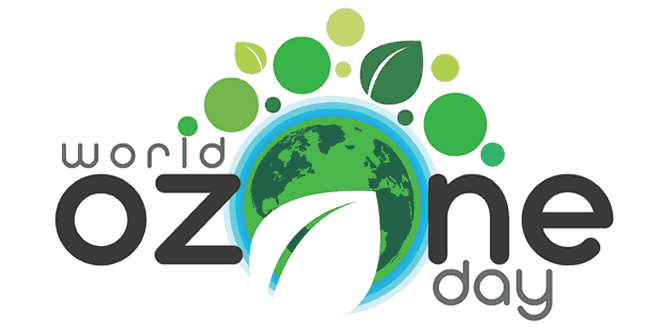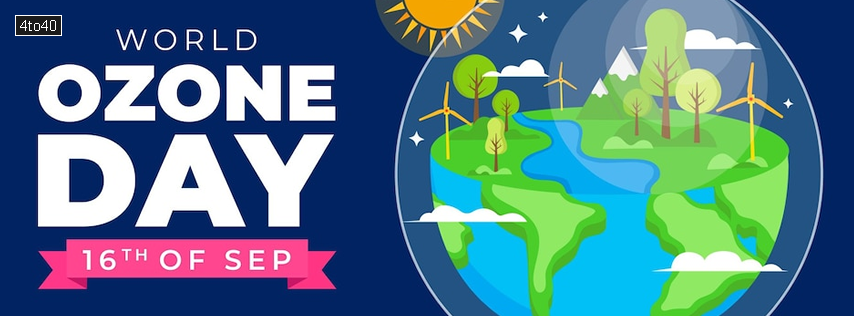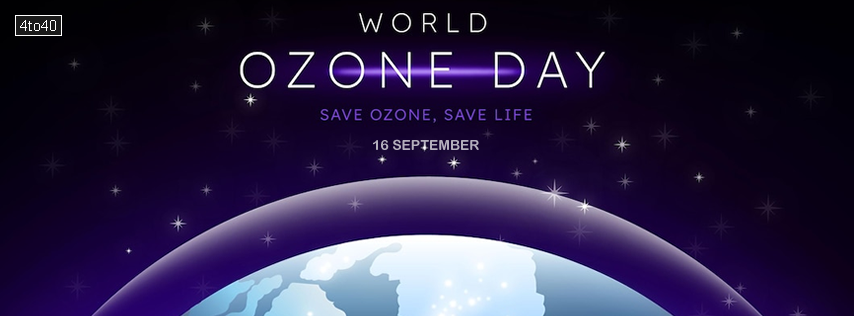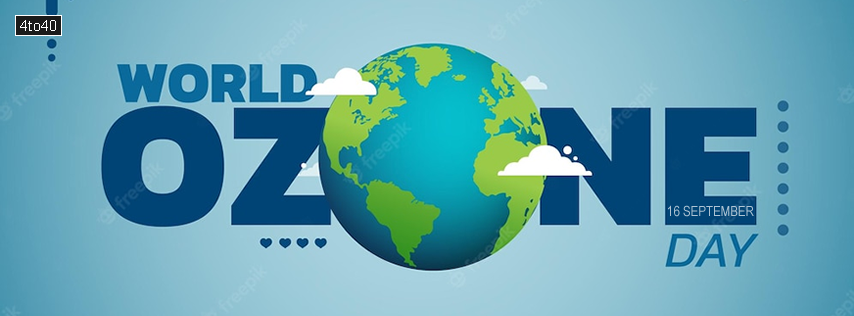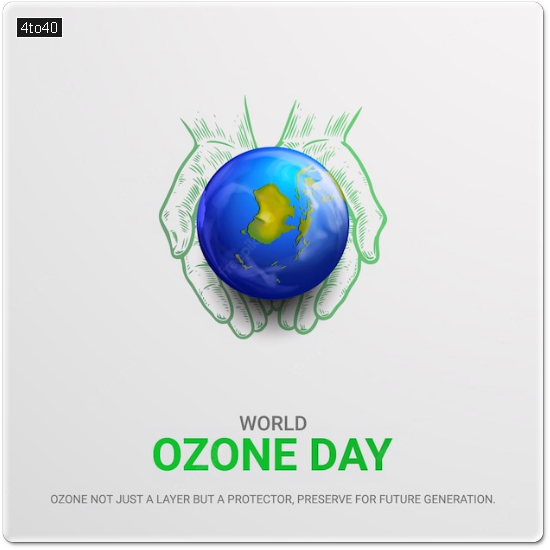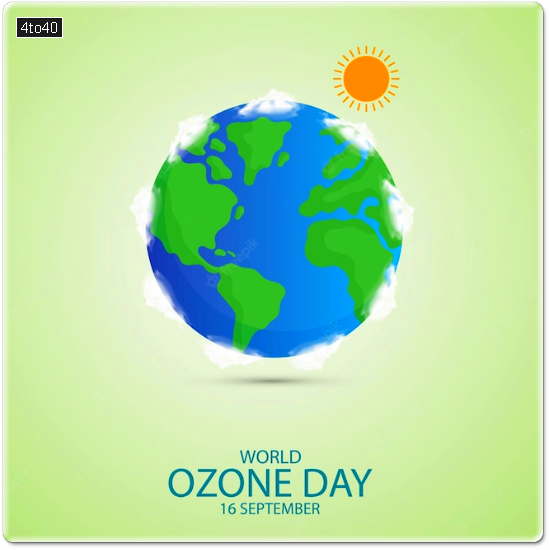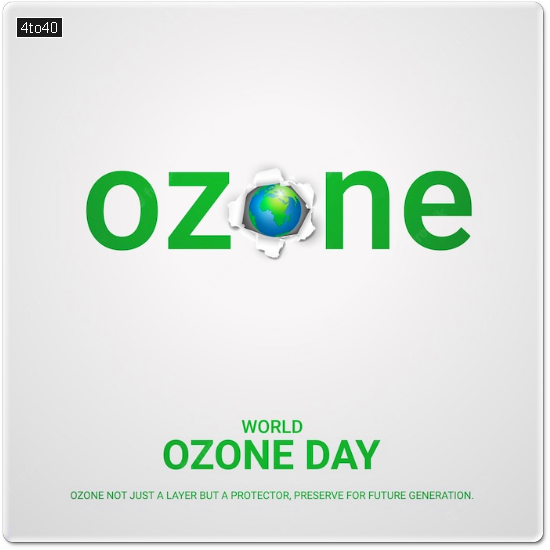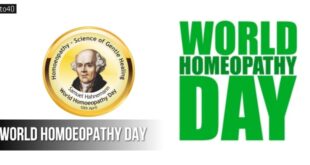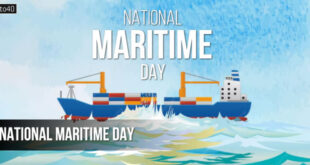World Ozone Day: International Day for the preservation of Ozone Layer is an annual observance. World Ozone Day is celebrated on 16th of September every year to spread awareness and bring attention to the depletion of the ozone layer.
The ozone layer, a fragile shield of gas, protects the Earth from the harmful portion of the rays of the sun, thus helping preserve life on the planet.
World Ozone Day: Date
- 2026: 16 September, 2026 [Wednesday]
- 2025: 16 September, 2025 [Tuesday]
- 2024: 16 September, 2024 [Monday]
The phaseout of controlled uses of ozone depleting substances and the related reductions have not only helped protect the ozone layer for this and future generations, but have also contributed significantly to global efforts to address climate change; furthermore, it has protected human health and ecosystems by limiting the harmful ultraviolet radiation from reaching the earth.
Why Do We Mark International Days?
International days are occasions to educate the public on issues of concern, to mobilize political will and resources to address global problems, and to celebrate and reinforce achievements of humanity. The existence of international days predates the establishment of the United Nations, but the UN has embraced them as a powerful advocacy tool.
“As we rightly focus our energies on tackling climate change, we must be careful not to neglect the ozone layer and stay alert to the threat posed by the illegal use of ozone-depleting gases.”
~ UN Secretary-General António Guterres
World Ozone Day: Background
A number of commonly used chemicals have been found to be extremely damaging to the ozone layer. Halocarbons are chemicals in which one or more carbon atoms are linked to one or more halogen atoms (fluorine, chlorine, bromine or iodine). Halocarbons containing bromine usually have much higher ozone-depleting potential (ODP) than those containing chlorine. The man-made chemicals that have provided most of the chlorine and bromine for ozone depletion are methyl bromide, methyl chloroform, carbon tetrachloride and families of chemicals known as halons, chlorofluorocarbons (CFCs) and hydrochlorofluorocarbons (HCFCs).
Vienna Convention for the Protection of the Ozone Layer:
The scientific confirmation of the depletion of the ozone layer prompted the international community to establish a mechanism for cooperation to take action to protect the ozone layer. This was formalized in the Vienna Convention for the Protection of the Ozone Layer, which was adopted and signed by 28 countries, on 22 March 1985. In September 1987, this led to the drafting of The Montreal Protocol on Substances that Deplete the Ozone Layer.
Montreal Protocol:
The principal aim of the Montreal Protocol is to protect the ozone layer by taking measures to control total global production and consumption of substances that deplete it, with the ultimate objective of their elimination on the basis of developments in scientific knowledge and technological information.
The Montreal Protocol is structured around several groups of ozone-depleting substances. The groups of chemicals are classified according to the chemical family and are listed in annexes to the Montreal Protocol text.
The Montreal Protocol requires the control of nearly 100 chemicals, in several categories. For each group or annex of chemicals, the Treaty sets out a timetable for the phase-out of production and consumption of those substances, with the aim of eventually eliminating them completely.
The timetable set by the Montreal Protocol applies to consumption of ozone depleting substances. Consumption is defined as the quantities produced plus imported, less those quantities exported in any given year. There is also a deduction for verified destruction.
Percentage reductions relate to the designated base-line year for the substance. The Protocol does not forbid the use of existing or recycled controlled substances beyond the phase-out dates.
There are a few exceptions for essential uses where no acceptable substitutes have been found, for example, in metered dose inhalers (MDI) commonly used to treat asthma and other respiratory problems or halon fire-suppression systems used in submarines and aircraft.
In 1994, the United Nations General Assembly proclaimed 16 September the International Day for the Preservation of the Ozone Layer, commemorating the date of the signing, in 1987, of the Montreal Protocol on Substances that Deplete the Ozone Layer (resolution 49/114).
Implementation of the Montreal Protocol:
Implementation of the Montreal Protocol progressed well in developed and developing countries. All phase-out schedules were adhered to in most cases, some even ahead of schedule. In view of the steady progress made under the Protocol, already in 2003, former United Nations Secretary – General Kofi Annan stated “Perhaps the single most successful international agreement to date has been the Montreal Protocol”. His views are shared widely in the international community.
Attention focused initially on chemicals with higher ozone-depletion potentials including CFCs and halons. The phase-out schedule for HCFCs was more relaxed due to their lower ozone-depletion potentials and because they have also been used as transitional substitutes for CFCs.
The HCFC phase-out schedule was introduced in 1992 for developed and developing countries, the latter with a freeze in 2015, and final phase-out by 2030 in developed countries and 2040 in developing countries.
In 2007, Parties to the Montreal Protocol decided to accelerate the HCFC phase-out schedule for both developed and developing countries.
Universal Ratification:
On 16th September 2009, the Vienna Convention and the Montreal Protocol became the first treaties in the history of the United Nations to achieve universal ratification.
Kigali Amendment:
The Parties to the Montreal Protocol on Substances that Deplete the Ozone Layer reached agreement at their 28th Meeting of the Parties on 15 October 2016 in Kigali, Rwanda to phase-down hydrofluorocarbons (HFCs).
The Ozone hole and science:
What is Ozone?
Ozone is a special form of oxygen with the chemical formula O3. The oxygen we breathe and that is so vital to life on earth is O2.
Ozone constitutes a very small part of our atmosphere, but its presence is nevertheless vital to human well-being. Most ozone resides high up in the atmosphere, between 10 and 40km above Earth’s surface. This region is called the stratosphere and it contains about 90% of all the ozone in the atmosphere.
World Ozone Day: Why do we care about atmospheric ozone?
Ozone in the stratosphere absorbs some of the Sun’s biologically harmful ultraviolet radiation. Because of this beneficial role, stratospheric ozone is considered “good” ozone. In contrast, excess ozone at Earth’s surface that is formed from pollutants is considered “bad” ozone because it can be harmful to humans, plants, and animals. The ozone that occurs naturally near the surface and in the lower atmosphere is also beneficial because ozone helps remove pollutants from the atmosphere.
World Ozone Day: The Ozone hole and science
Following the publication of the findings of a British Antarctic Survey article in May 1985, the phenomenon of ozone depletion over Antarctica was referred to as the “ozone hole”, a phrase first attributed to Nobel Prize winner Sherwood Rowland. The satellite image of the Ozone Hole has become a global symbol of this environmental threat that has helped mobilize public support for the Montreal Protocol.
The work of atmospheric scientists and environmental researchers continues to play a paramount role in informing the policy making under the Montreal Protocol. Images and scientific bulletins about ozone depletion are useful communication tools to the public about progress made and challenges ahead.
World Ozone Day Facebook Covers
World Ozone Day: Theme
Annual celebration of World Ozone Day has its own theme and keeps on changing from year to year. The theme of one year never gets repeated and every year a new and different theme is kept by the authorities.
- 2024: Advancing Climate Action
- 2023: Montreal Protocol: Fixing the Ozone Layer and Reducing Climate Change
- 2022: Montreal Protocol@35: global cooperation protecting life on earth
- 2021: Montreal Protocol – Keeping us, our food and vaccines cool
- 2020: Ozone For Life
- 2019: 32 Years and Healing
- 2018: Keep Cool and Carry On!
- 2017: Caring for all life under the sun
- 2016: Ozone and climate: Restored by a world united
- 2015: 30 Years: Healing our Ozone together
- 2014: Ozone Layer Protection – The Mission Goes on
- 2013: Ozone Day – A healthy atmosphere, the future we want
- 2012: Protecting our atmosphere for generations to come
- 2011: HCFC phase–out: a unique opportunity
- 2010: Ozone Layer Protection: Governance and Compliance at Their Best
- 2009: Universal Participation: Ozone Protection Unifies the World
- 2008: Montreal Protocol – Global partnership for global benefits
- 2007: Celebrating 20 Years of Progress in 2007
- 2006: Protect the Ozone Layer, Save Life on Earth
- 2005: Act Ozone Friendly – Stay Sun Safe!
- 2004: Save Our Sky: Ozone Friendly Planet, Our Target
- 2003: Save Our Sky: There is a Hole Lot More to Do for Our Children
- 2002: Save Our Sky: Protect yourself; protect the Ozone Layer
 Kids Portal For Parents India Kids Network
Kids Portal For Parents India Kids Network
